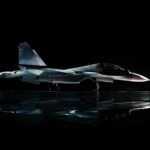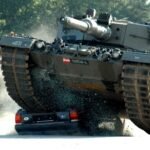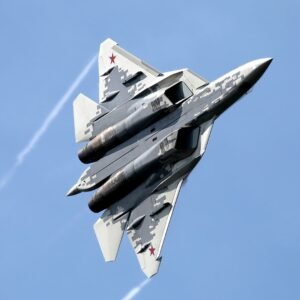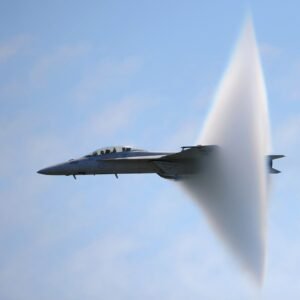Introduction of F16 Fighting Falcon
The F16 Fighting Falcon, also known as the F-16, is a single-engine, multi-role fighter aircraft that has been in service for over 40 years. Developed by General Dynamics (now Lockheed Martin) for the United States Air Force. The F-16 first flew in 1974 and has since been adopted by numerous countries for their air forces.

The F-16 is known for its maneuverability, versatility, and reliability. It has been used in various conflicts, including “Operation Desert Storm, Operation Allied Force, and Operation Iraqi Freedom”. The aircraft is still in active service today, with many countries modernizing their fleets to keep them operational for decades to come.
One of the key features:- The F-16 is its lightweight and aerodynamic design, which allows for high speeds and maneuverability. The F-16 is also equipped with a variety of advanced avionics and weapons systems, making it a formidable opponent in air-to-air and air-to-ground missions. The F-16 has been produced in several different variants, with the F-16C/D being the most widely used. The F-16C is a single-seat variant, while the F-16D is a two-seat variant. These aircraft are used for a variety of missions, including air-to-air combat, air-to-ground attacks, reconnaissance, and electronic warfare.
In addition to its military use, the F-16 has also been used in civilian and commercial applications. The F-16 has been used as a testbed for new technologies and has been used in aerobatic demonstrations and airshows. The F-16 has proven to be a valuable asset for many countries and will continue to be in service for many years to come. With its advanced avionics and weapons systems, the F-16 Fighting will continue to be a formidable opponent in the skies.
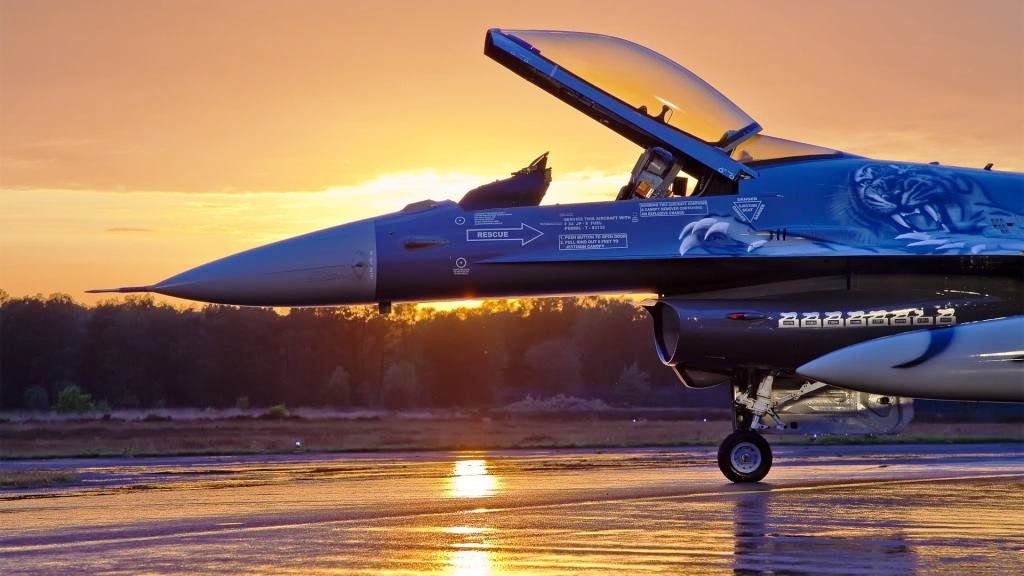
What is The War History of “The F16 Fighting Falcon”?
There are many operations that used this fighter jet.
1. Operation Desert Storm 1991
The F-16 was extensively used by the United States and its coalition partners during the first Gulf War. F-16s flew thousands of sorties, primarily in air-to-air combat and air-to-ground attack missions. The F-16’s advanced avionics and weapons systems proved to be highly effective in the battle against Iraq’s air force.
2. Operation Allied Force 1999
F-16s were used by the United States and NATO during the Kosovo War. The aircraft flew a variety of missions, including air-to-air combat, air-to-ground attacks, and reconnaissance.

3. Operation Iraqi Freedom 2003
F-16s were used by the United States and its coalition partners during the invasion of Iraq and the subsequent occupation. The aircraft flew a variety of missions, including air-to-air combat, air-to-ground attacks, and reconnaissance.
4. Operation Odyssey Dawn 2011
F-16s were used by the United States and its coalition partners during the operation to enforce a no-fly zone over Libya and protect civilians from the forces of the Libyan government.
5. Operation Inherent Resolve 2014-present
F-16s have been used by the United States and its coalition partners in the ongoing fight against ISIS in Iraq and Syria.
Other countries have also used their F-16s in conflicts, such as Pakistan, Turkey, and Israel in different regional conflicts.
These are some of the key conflicts in which the F-16 has been used, but the aircraft has also been used in various other conflicts and operations throughout its history. The F-16’s advanced avionics and weapons systems, as well as its versatility and reliability, have made it a valuable asset for many countries in a variety of missions.

What are The General Characteristics of The F16 Fighting Falcon?
F16 Fighting Falcon Specification:-
- Wing Span: 31 ft 8 in (9.6 m)
- Length: 49 ft 5 in (15 m)
- Height: 16 ft (4.9 m)
- Weight: 9,980 kg, empty18,400 kg maximum takeoff
- Powerplant: 1 × General Electric F110-GE-129 or Pratt & Whitney F100-PW-229 turbofan, 29,000 lbf (130 kN) thrust with afterburner
Speed:-
- High subsonic
- Maximum speed: 1,320 mph at 40,000 ft
- Combat radius: 518 mi (833 km) on a hi-lo-hi mission with six AIM-120 AMRAAMs
F16 Fighting Falcon Armament:-
- 1 M61 Vulcan cannon 20 mm
- Missiles:-AIM-9 Sidewinder, AIM-120 AMRAAM, AGM-65 Maverick
- Bombs:-GBU-10 Paveway II and GBU-12 Paveway II laser-guided bombs.

Crew:- 1 or 2 depending on the variant
Service Ceiling:- 50,000 ft
F16 Fighting Falcon Design
The F-16 Fighting Falcon was designed with a focus on maneuverability, agility, and ease of maintenance. The aircraft features a lightweight and aerodynamic design, which allows for high speeds and maneuverability. The F-16’s wing is highly swept, which allows for a high angle of attack and improved maneuverability. The aircraft also features a single engine, which helps to keep the weight and maintenance requirements of the aircraft to a minimum.
F16 Fighting Falcon Performance
The F-16 is capable of reaching speeds of up to 1,320 mph (2,120 km/h). It has a combat radius of 518 mi (833 km) on a hi-lo-hi mission with six AIM-120 AMRAAMs. The aircraft is also equipped with a state-of-the-art radar system, which provides the pilot with real-time information about the battlefield.
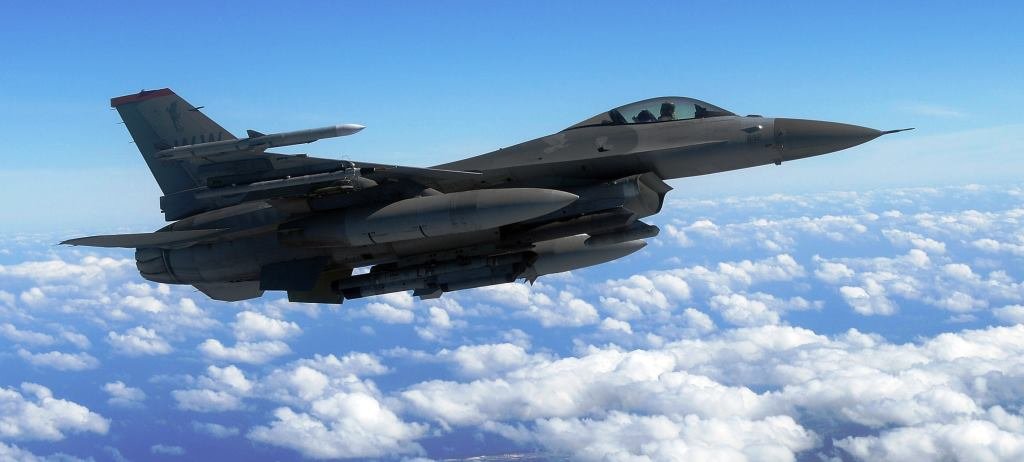
What is The Difference Between F16 Block vs F16 Fighting Falcon Variants?
The term “block variants” is used to refer to specific versions of the F-16 Fighting Falcon that have undergone upgrades and improvements from the previous version. These upgrades may include changes to the aircraft’s avionics, weapons systems, and electronic warfare capabilities, as well as improvements to the engine and increased range and payload capabilities. These upgrades are done to increase the aircraft’s capabilities and to adapt it to the changing requirements of the user.
“F-16 variants” refer to the different versions of the F-16 that have been produced over the years, each with specific capabilities and features. These variants include the F-16A/B, the F-16C/D, the F-16E/F, the F-16IN, and the F-16V, among others.
In The Conclusion, “block variants” refer to specific versions of the F-16 that have undergone upgrades and improvements, while “F-16 variants” refer to the different versions of the aircraft that have been produced over the years, each with unique capabilities and features.

F16 Fighting Falcon Variants
The F-16 Fighting Falcon has been produced in several different variants over the years, each with specific capabilities and features. Here are some of the key variants of the F-16:
- F-16A/B: The original single-seat and two-seat variants of the F-16. The F-16A is a single-seat aircraft, while the F-16B is a two-seat aircraft. These variants were first introduced in the late 1970s and were primarily used for air-to-air combat and air-to-ground attacks.
- F-16C/D: The most widely used variant of the F-16, the F-16C is a single-seat aircraft, while the F-16D is a two-seat aircraft. These variants have been updated with advanced avionics and weapons systems and are used for a variety of missions, including air-to-air combat, air-to-ground attacks, reconnaissance, and electronic warfare.
- F-16E/F: Also known as the “Desert Falcon,” the F-16E is a single-seat variant, while the F-16F is a two-seat variant. These variants were developed for the United Arab Emirates and have improved avionics and weapons systems, as well as increased range and payload capabilities.
- F-16IN: Also known as the “Super Viper,” this variant was developed for the Indian Air Force. It features advanced avionics, weapons systems, and electronic warfare capabilities.
- F-16V: The latest variant of the F-16, the F-16V features an advanced active electronically scanned array radar, a modernized cockpit, and improved avionics and weapons systems.
- F-16A/B MLU: Mid-Life Update was to upgrade the avionics, radar, and weapons systems on older F-16A/B aircraft to the same level as the F-16C/D.
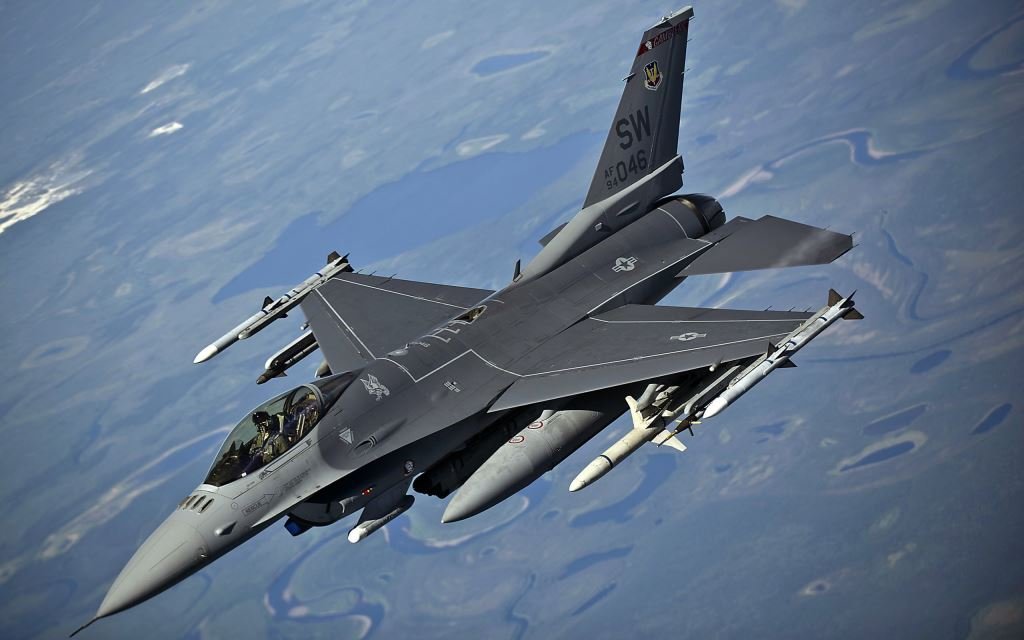
These are some of the main variants of the F-16 Fighting Falcon, but there are many other specialized versions of the aircraft that have been produced for specific customers or missions.
F16 Fighting Falcon–Block Variants
The F-16 Fighting Falcon has been produced in several different “block” variants over the years. A block variant refers to a specific version of the F-16 that has undergone upgrades and improvements from the previous version. Here are some of the key block variants of the F-16:
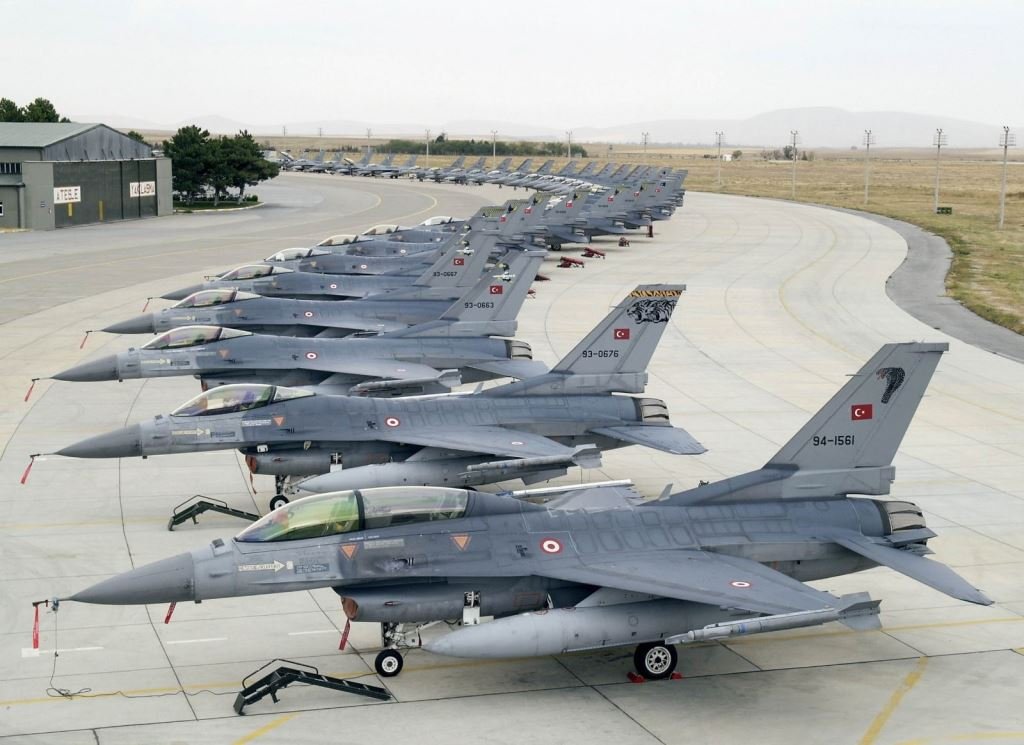
- Block 1-5: The original versions of the F-16, which were produced from the late 1970s to the early 1980s. These variants were primarily used for air-to-air combat and air-to-ground attacks.
- Block 10-15: These variants were produced from the early 1980s to the late 1980s and featured improvements in avionics and weapons systems, as well as increased payload capabilities.
- Block 20-25: These variants were produced from the late 1980s to the early 1990s and featured further improvements in avionics, weapons systems, and electronic warfare capabilities.
- Block 30-35: These variants were produced from the early 1990s to the late 1990s and featured even more advanced avionics and weapons systems, as well as increased range and payload capabilities.
- Block 40-42: These variants were produced from the late 1990s to the early 2000s and featured improvements in avionics and weapons systems, as well as the integration of the AGM-154 Joint Standoff Weapon and the AIM-120 AMRAAM missile.
- Block 50-52: These variants were produced from the early 2000s to the present day and feature advanced avionics and weapons systems, including the AN/APG-68 radar, the Joint Helmet-Mounted Cueing System, and the AGM-88 HARM missile.
- Block 60: This variant is the version of the F-16 and was developed for the United Arab Emirates. It features advanced avionics, weapons systems, and electronic warfare capabilities, as well as an improved engine and increased range and payload capabilities.
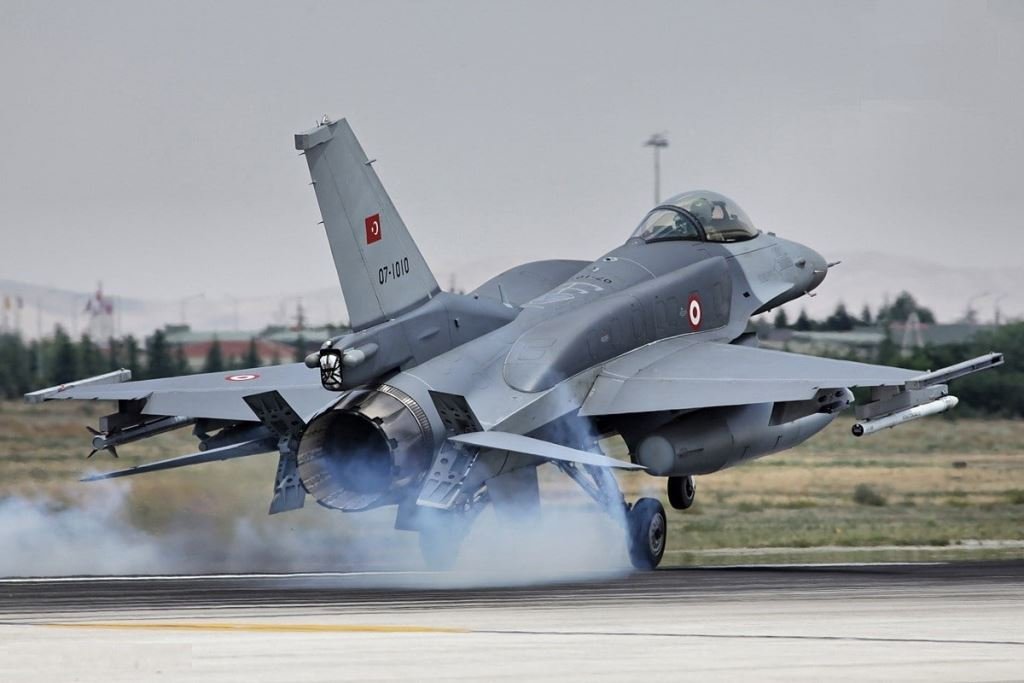
Mostly Advance Version
- Block 70-72:The F-16 Block 70 is the latest and most advanced version of the F-16 Fighting Falcon. It is an upgrade package that can be applied to existing F-16s. The F-16 Block 70 features an advanced active electronically scanned array radar, a new mission computer, and a modernized cockpit, among other upgrades. The main difference between the two is the main customer, The F-16 Block 70 was developed for export customers and F-16 Block 72 is produced for the United States Air Force and for export customers as well.
F16 Fighting Falcon vs F16 Viper
The F-16 Fighting Falcon and the F-16V (also known as the “Viper”) are both variants of the F-16 aircraft. The F-16 Fighting Falcon is a single-engine, multi-role fighter aircraft. It has been in service for over 40 years. The F-16V is the latest variant of the F-16. It features an AESA radar, a modernized cockpit, and improved avionics and weapons systems.
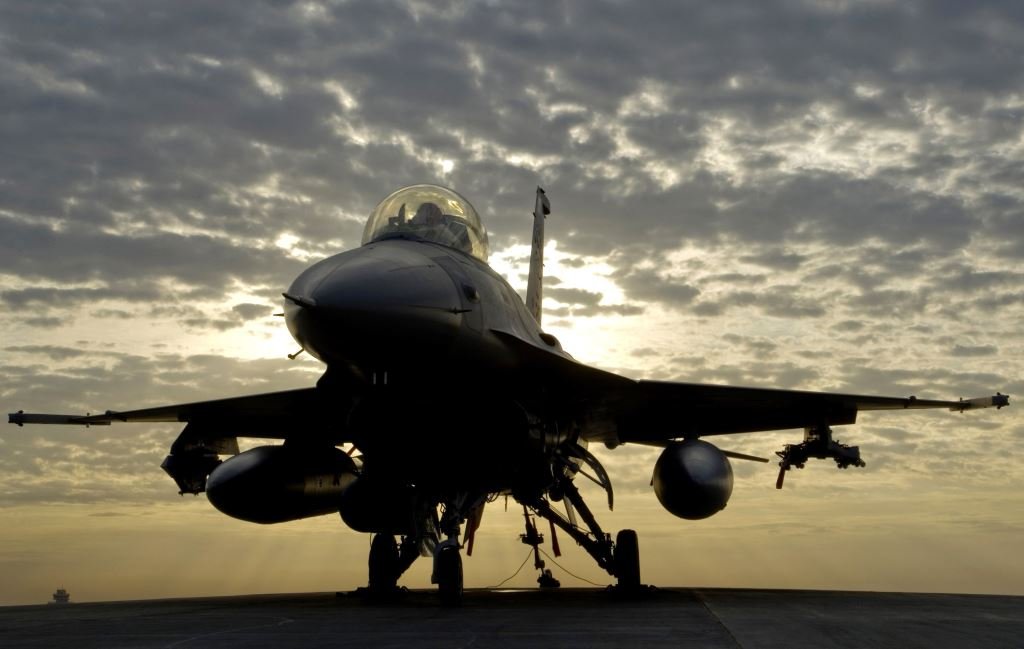
Read Previous Fighter Jet Blog – Super Sukhoi 30 MKI
Read Next Fighter Jet Blog – The HAL LCA Tejas


